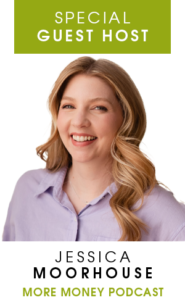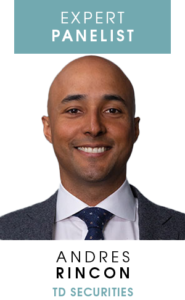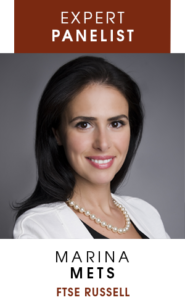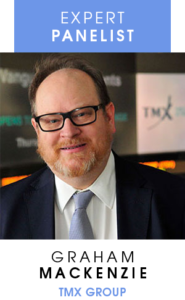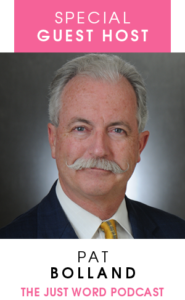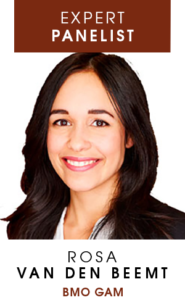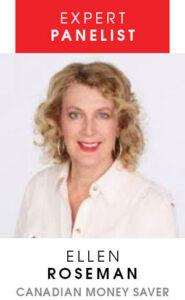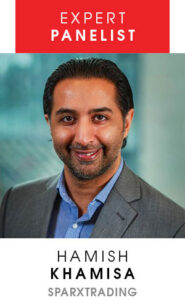ETFs are open-ended funds that are listed and traded on a stock exchange and can be bought or sold directly during trading hours, much like a stock. They typically represent a basket of securities which may consist of stocks, bonds, or other assets such as commodities. ETFs offer many benefits to investors, including diversification, liquidity, low fees, flexibility, transparency, and tax efficiency.
Frequently Asked Questions
ETFs
Trading ETFs
BMO ETFs
Fixed Income ETFs
Disclaimer
*Smart Beta: ETFs that deliver factor exposures combined with effective portfolio construction. Smart beta ETFs use a rules-based approach to select and weight securities in the fund. The rules are usually based on a set of quantitative factors that have been shown to generate excess returns over the long term.
Commissions, management fees and expenses all may be associated with investments in exchange traded funds. Please read the ETF Facts or prospectus of the BMO ETFs before investing. Exchange traded funds are not guaranteed, their values change frequently, and past performance may not be repeated.
For a summary of the risks of an investment in the BMO ETFs, please see the specific risks set out in the BMO ETF’s prospectus. BMO ETFs trade like stocks, fluctuate in market value and may trade at a discount to their net asset value, which may increase the risk of loss. Distributions are not guaranteed and are subject to change and/or elimination.
BMO ETFs are managed by BMO Asset Management Inc., which is an investment fund manager and a portfolio manager, and a separate legal entity from Bank of Montreal.
This material is for information purposes. The information contained herein is not, and should not be construed as, investment, tax, or legal advice to any party. Particular investments and/or trading strategies should be evaluated relative to the individual’s investment objectives and professional advice should be obtained with respect to any circumstance.
BMO Global Asset Management is a brand name under which BMO Asset Management Inc. and BMO Investments Inc. operate.
®/™Registered trademarks/trademark of Bank of Montreal, used under licence.
Copyright © 2022 Prosper Experiential Media. All rights reserved. | Privacy Policy | Terms & Conditions




